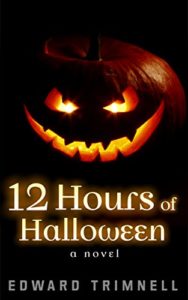There are now paperbacks available on Amazon for all of my horror and most of my thriller titles.
I’ve been surprised to find that, despite the Kindle being over ten years old now, many readers still prefer to read on old-fashioned paper.
Which is fine with me. I’m rather attached to reading on paper myself.
Check out the paperback edition of 12 Hours of Halloween on Amazon!

